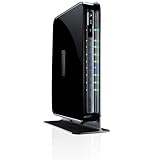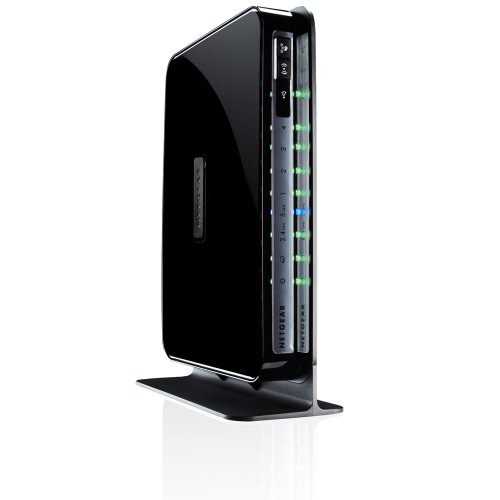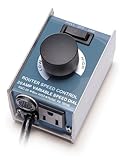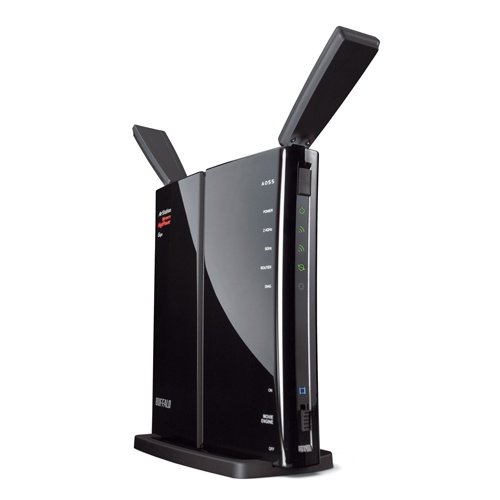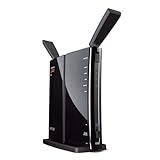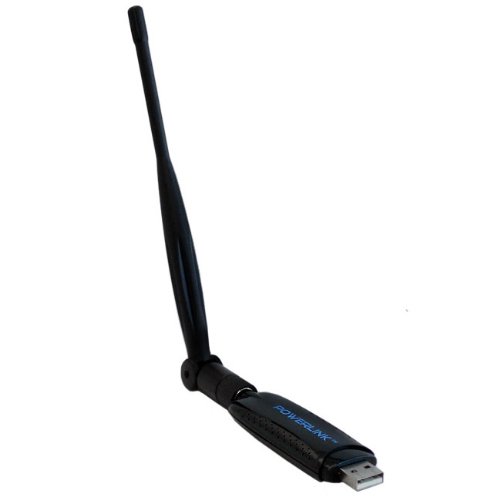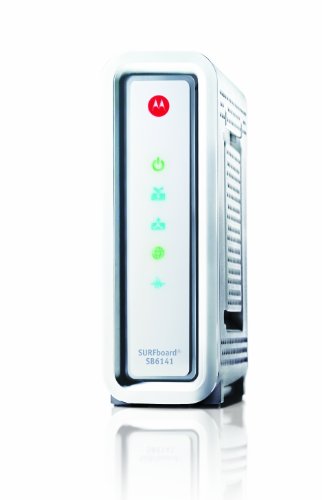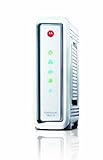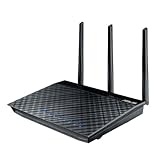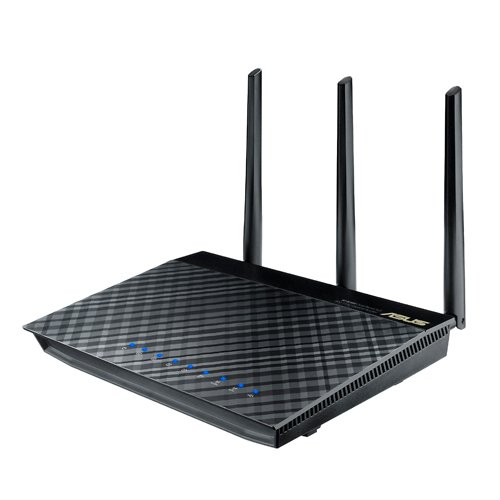What's wireless and just how do you use it? Wireless could be referred to because the change in information between several points which are physically not connected. Distances is often as short like a couple of meters as with television handheld remote control or lengthy, varying from 1000's to countless kilometers for deep-space radio communications.
Most likely the very best illustration of wireless technologies are the mobile phone. The earth's first wireless telephone conversation happened in 1880, when Alexander Graham Bell and Charles Sumner Tainter invented and patented the photophone, a mobile phone that carried out audio conversations easily over controlled light beams (electromagnetic waves). Then in 1915 American Telephone and Telegraph considered developing a wireless phone however they were afraid this great technology would undermine its monopoly on wired services within the U . s . States. These were right. Over 85 years later this remarkable little unwired device has totally changed the phone industry and set wired phone service providers bankrupt by providing free lengthy distance, free nights and weekends, free sing up offers, and also the ease of getting a cell phone almost anywhere on the run.
Common everyday wireless products likewise incorporate, garage door openers, cord-less phones, two-way radios, satellite tv, satellite Internet, Gps navigation, and Wi-Fi.
Because the pc grew to become popular in early seventies, the thought of a transportable pc came into being. Almost 30 Years Ago Adam Osborne created the very first personal laptop (now known as laptop), Osborne 1. It considered 24 pounds, were built with a 5 " screen and price 95 (,552 today). The interest in laptops skyrocketed. Customers preferred portability. Once the Internet boom hit within the 1990's a concept to hook up with the web having a portable laptop with no wire came into being. Unlike hard lined personal pc Web connection this is wireless and needed a quicker connection. In 1999 the term Wi-Fi and it is yin-yang style logo design were produced through the Wi-Fi Alliance like a catchier term for IEEE 802.11. Today over 700 million people use Wi-Fi worldwide and you will find over 4 million 'hang-outs' (places with Wi-Fi Internet connectivity).
How do you use it? If you have been within an airport terminal, cafe, library or hotel lately, odds are you have been right in the center of a radio network. A radio network uses radio waves, much like mobile phones, televisions, and radios do. Actually, communication across a radio network is like two-way radio communication.
This is what happens:
Your laptop translates data right into a radio signal and sends it utilizing an internal antenna.A radio router receives the signal and decodes it. The router transmits the data to the web utilizing a physical, wired Ethernet connection.
Remember whenever you rode a motorcycle without any hands the very first time? "Look Mother! No hands!" Ahhh..free like a bird. Traditional days, right? Computer customers can connect with that very same experience when utilizing wireless the very first time and each time. Sitting at this same "glued" position at this same home pc at this same place simply to wake up to locate your spine inside a gridlock. Are you aware the sitting position may be the worst possible position for the back and is applicable probably the most force on your spine? Forget about back discomfort inflammation recurring by needing to remain for the reason that fixed position for the reason that very same 3-legged hard little wooden chair which has resided as much as far more than its existence expectancy. Moving in one spot to another without needing to be worried about stumbling over wires is created easy. Get cozy and lay lower around the couch watching TV while fiddling around on the web together with your laptop, browsing news head lines or checking email.
Wireless or Wi-Fi allows the web user to roam freely anywhere in their home, business, or any other wireless network (as much as about 150 ft inside and 300 ft outdoors) with one or multiple computer systems.
People who reside in urban centralized areas take advantage of easily available wireless high-speed internet options and 'hang-outs' virtually everywhere. Wi-fi companies aren't as prevalent in rural areas and choices for rural Internet are scarce. Individuals rural areas, areas out in the united states, or perhaps in areas just beyond the "cut-off" of conventional high-speed internet service benefit from the same high-speed wi-fi benefits for example hooking up easily within the living room, your kitchen, the bed room, around the porch, or hooking up using more than one computer. The elevated interest in rural Internet has began to really make it more appealing for rural internet broadband companies to service these remote areas of the nation. Rural places that cable Internet and DSL Internet have limited or no availability can get access to high-speed rural internet broadband service through satellite Internet. HughesNet and Wild Blue, the 2 biggest satellite Internet companies in The United States, provide rural Internet with no limitations and limited accessibility to hard lined dsl or cable. They offer the answer for top speed rural wireless satellite Online sites in rural areas.
This interest in high-speed rural wi-fi and together with rivals fighting for the following rural customer has driven monthly prices lower for an affordable level and free equipment and installation are actually becoming standard. This is a relief for customers which are on fixed earnings or are only able to manage to get service when the cost is within certain level that the are able to afford monthly.
A current rural Internet survey states that just 24 percent of rural citizens have Access to the internet in your own home. This few is because of many factors, but one of the leading reasons is the fact that many dsl and cable Online sites companies don't provide rural internet broadband services.
Obviously, lots of people residing in rural areas connect to the Internet through dial-up phone lines - a frustrating and slow experience. Having a dial-up Web connection it will take almost one minute (sometimes longer) for any Web site to load on screen. Sometimes images and documents can't be utilized whatsoever due to a sluggish dial-up connection. Also, using dial-as a rural Internet provider can connect phone lines and isn't quick enough for any wireless connection.
There's an answer for rural Internet - satellite Internet. Wireless rural internet broadband can be done through greater speed satellite Internet. With rural wireless high-speed satellite Internet, slow or no Access to the internet is really a factor of history. Now, wherever you reside within the contiguous U . s . States you could have wireless high-speed internet access like you haven't had before. And you will finally have the ability to surf the web without tying your phone lines and fasten easily at high-speed with rural wi-fi.
Exactly what does wireless broadband mean? To put it simply, wireless broadband means high-speed wi-fi access. To know it more particularly, you need to think when it comes to data transmission or how long it requires to transmit messages out of your computer to a different computer. Quite simply, how lengthy will it take that you should download information from the Website?
A dial-up Web connection transfers data for a price as high as 56 kilobits per second (56K). Average dial-up Internet customers typically connect around twenty to thirty kilobits per second (20-30K) or often even reduced. This can be a slow data rate. A radio broadband satellite Web connection supplies a data rate of fifty-100 occasions much.
With download speeds from 1000 kilobits per second to 5000 kilobits per second, a higher speed wireless rural satellite Web connection provides faster download occasions of images and documents, and also the capacity of viewing more online information previously without frustration or disruptions operating. And rural internet broadband through satellite will simply get faster. In The month of january 2012 HughesNet, the biggest provider of rural high-speed satellite Online sites in The United States, is going to be starting a brand new satellite named "Jupiter" and will also be able to reaching speeds well over 100 gb per second to help fuel HughesNet's quickly growing popular for top speed rural Internet.
With this particular high rate of information transmission, rural broadband satellite Internet customers can achieve greater connection speeds and can handle getting a radio connection. Receiving information and posting information online are done at greater speeds. Download photos, email, bank and buy online, research, web browse, even visit school online or buy and operate an internet business. All you can do this with elevated Internet speeds having a rural wireless satellite Web connection as the rural Internet provider.
Companies and customers both take advantage of high-speed rural satellite Internet his or her rural internet broadband provider because it features a proven history of reliability. High-speed rural wireless satellite Internet offers an 'always on' Web connection, meaning you never need to watch for your modem to dial to the internet. No line is needed so there's no hassle for logging off and away to wait for telephone call or to create a telephone call.
Whenever you order rural wireless high-speed satellite Internet for the rural Access to the internet, a licensed installer can come to your house and install the web service. Installation includes setting up a satellite dish outdoors your house inside a south-facing direction and hooking up your pc to some satellite modem. This gives you broadband satellite Access to the internet. The specialist is needed to inform you how to hook up with the web and ensure your signal and connection speed.
Using high-speed rural satellite Internet is like mowing the lawn! High-speed rural internet broadband is like using cable Internet or DSL. It does not matter where you reside. Your house could be linked to rural internet broadband anywhere - even just in rural areas.


